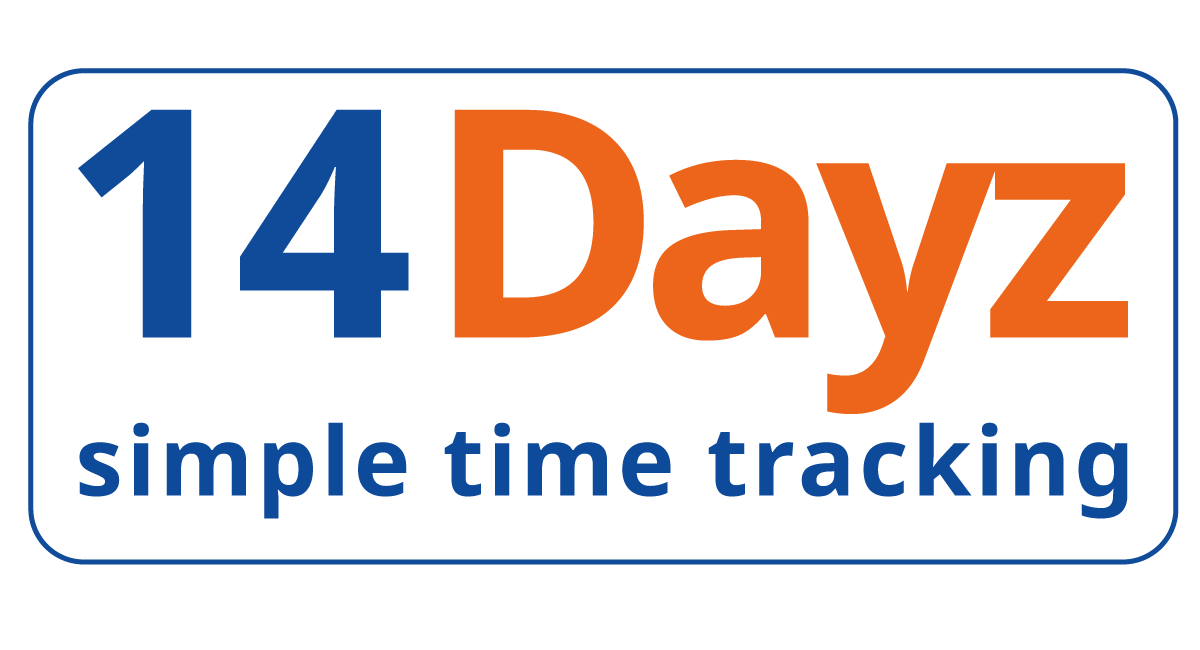If you look at employee management superficially, you might not have the idea that absenteeism and lateness is something that’s too big of a deal. At the end of the day (or in this case, in the beginning), we’re all human; certain emergencies happen, and people can’t always clock in on time.
Especially if someone has a real issue, like something health-related; you need to be a good manager and allow your employees the time they need to come back swinging harder than ever. But the question is – what if your goodwill starts getting abused? If you’re not sure what the first steps to properly managing employee attendance are, we’re here to give you a couple of pointers!
Employee Absenteeism 101
If you notice a fairly frequent lapse in attendance among your employees, without a valid reason for it, you’re definitely dealing with employee absenteeism. Naturally, this does not include people who are only acutely absent from time to time, nor situations like car trouble or illness.
But if such behavior becomes too frequent, you could find yourself having issues with project and time management. When it comes to big, company-wide projects, you need to be able to count on all of your employees. What if you needed to have all the office supplies transported with ease or the organization of a huge seminar? And even for day-to-day work – you want to know all of your staff are there for you to count on them; that’s why managing employee attendance is so crucial.

Outline a clear attendance policy for everyone!
Making An Attendance Policy
If you want to handle employee absenteeism over the long term, the first thing you need to do is to come up with an official policy regarding employee attendance. This should be nothing complicated – just a clear policy outlining how everyone needs to show up to work on time. Naturally, in order to actually enforce this, you’ll need to think of easy ways to time track, document, and deal with any absences. And this can get more complicated than you think, seeing as everyone has some sort of reason for being late, which is usually quite specific. How will you handle each individual case?
With that in mind, you want to set aside some time to come up with a policy that’s easy to understand, and fair to both your employees and yourself. Consider categorizing the different attendance lapses, into general tardiness, scheduled and unscheduled absences. Depending on which of these happen and how often, set a clear outline of disciplinary actions that will follow.
Enforcing the Policy
Obviously, even the best-written policy for managing employee attendance will do you no good if you’re not adept at enforcing it. And this sort of positive habit won’t appear in your staff overnight, especially if they’ve been generally lax about it up until now. That’s why you need to take great care in applying the new policy without subjectivity, to each and every case that pops up. Naturally, this won’t be the only thing you have on your plate, and managing multiple projects isn’t easy for anyone. However, it’s something that you’ll simply have to do if you want to have office discipline over the long term.
Of course, while you need to take strides to discipline bad behaviors, you should also reward good ones. And we don’t just mean rewarding the people who constantly show up on time. If someone is not coming into work, the most important thing is knowing this well enough in advance, so you can prepare for it. So, encourage active communication regarding absences.
Keeping Track of Attendance
If there’s one thing that’s the pinnacle of increased employee attendance – that’s complete and thorough records. Naturally, there are many ways of managing employee attendance and tracking it; one way to do it would be an app with a time clock, that could provide an electronic way for your employees to clock in and out of work.
Apart from a day-to-day tracking method – you also need to have long-term metrics regarding employee attendance readily available to you, so you can see whether your methods are working or not, and how well the policy is being implemented. This will give you the option of devising a more thorough strategy for dealing with absenteeism of employees, because you’ll be able to spot when an irregular occurrence becomes a pattern.

You need to have data on everyone’s attendance record!
Why Document Everything?
As a manager, you probably know that disciplinary actions in the workplace aren’t something you can easily do on a whim. That’s why it’s important for you to document everything as well – when the need to punish someone for tardiness arises, you need to have all of the evidence of their misconduct on hand.
Sure, in most states, at-will employment is legal; meaning that your company doesn’t have to prove just cause in case of termination. On the other hand, this still doesn’t mean that you can just fire all the people you’d want to, at any time. Aggressive firing practices are still likely to put you in the crosshairs of a wrongful termination suit. That doesn’t have to be anything necessarily terrible, as it’s a situation all employers and managers face from disgruntled ex-employees from time to time. But – that’s precisely why having a proper paper trail for your actions is advisable.

While you need to enforce your policy, make sure you’re not too strict!
Conclusion
As you’ve probably realized – managing employee attendance is no easy business. On the one hand, you want to maintain a productive work environment, where everyone is aware of their tasks and duties. But on the other, you don’t want to be a harsh disciplinarian that people will hate. And atop of that thin line that you’ll have to straddle – there are also logistics to take into account! But, if you put in enough effort and forethought, even this task shouldn’t be too difficult.



